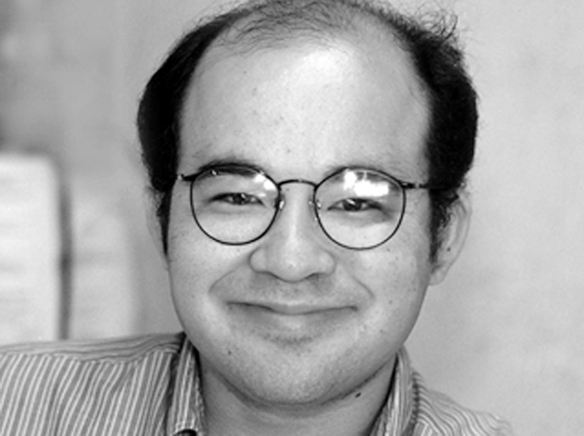The Metro Gold Line’s recent extension to Azusa is an excellent addition to Los Angeles’ transit system.
To be perfectly honest, I didn’t have the chance to ride the light rail line when it opened on March 5. It may be a little while before I get the chance. Given that the Foothill Extension is miles from the South Bay, I’m not likely to make a lot of trips on it.
So, how do I know that the Foothill Extension is a good thing?
The Metro Gold Line’s recent extension to Azusa is an excellent addition to Los Angeles’ transit system.
To be perfectly honest, I didn’t have the chance to ride the light rail line when it opened on March 5. It may be a little while before I get the chance. Given that the Foothill Extension is miles from the South Bay, I’m not likely to make a lot of trips on it.
So, how do I know that the Foothill Extension is a good thing?
First of all, in this era of constant information, it is easy to learn that the reviews for the Gold Line have been mostly positive, even if there were a couple of glitches in the grand opening.
But, more importantly, any new rail line can only be an improvement to Los Angeles’ transportation system.
The 11-mile Foothill Extension is remarkable because it is entirely suburban. Both transit supporters and haters tend to consider suburbs to be conservative and highly automobile-dependent, with strong “Not In My Back Yard” tendencies.
This may be a stereotype, but nobody can deny that NIMBY tactics have been a major impediment to Los Angeles’ transit plans. If the San Fernando Valley is jealous that the San Gabriel Valley got a new rail line ahead of them, they only have themselves to blame.
Given the suburban stereotype, one might think that this new rail line must have been shoved down the throats of Arcadia, Monrovia, Duarte, Irwindale and Azusa, but it wasn’t.
The biggest lesson of the Foothill Extension is to show what can be accomplished when local residents support big new ideas, instead of opposing them. The San Gabriel Valley demonstrated that they wanted this rail line, and they are still pushing for more extensions.
Has L.A. rail transit reached a tipping point? When the Metro Blue Line to Long Beach started, it was just one rail line in a sea of freeways and car traffic. Now there are miles and miles of rail and dozens of stations. People who might have been unfamiliar with rail when Metro Rail first began no longer have that excuse. People who opposed rail in the past can see for themselves how it works.
Light rail is currently under construction in Inglewood and near LAX. Light rail to Santa Monica will open in May.
(As a side note, Little Tokyo’s light rail station, which has been closed due to new rail construction, should reopen by the time I head to WonderCon in downtown Los Angeles at the end of March.)
All of this construction and these grand openings add up to a system which is living up to the promises made when voters approved it (several times, in fact) — a rail system which serves not only the urban core, but also the South Bay and the valleys.
The Foothill Extension, which brings Metro Rail into Metrolink territory, reminds me less of a traditional light rail line and more of the many electric commuter train lines which radiate out from Tokyo. And Tokyo transit is not a bad thing to imitate.
James Fujita is a former GVN news editor. He works as a copy editor for the Visalia Times-Delta in California’s Central Valley. Fujita can be contacted at jim61773@yahoo.com





















